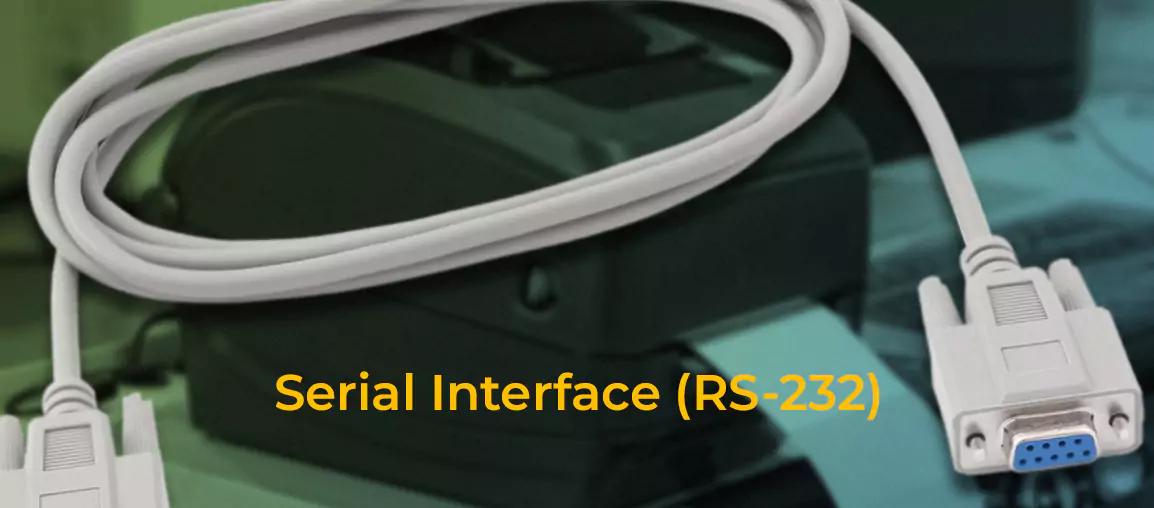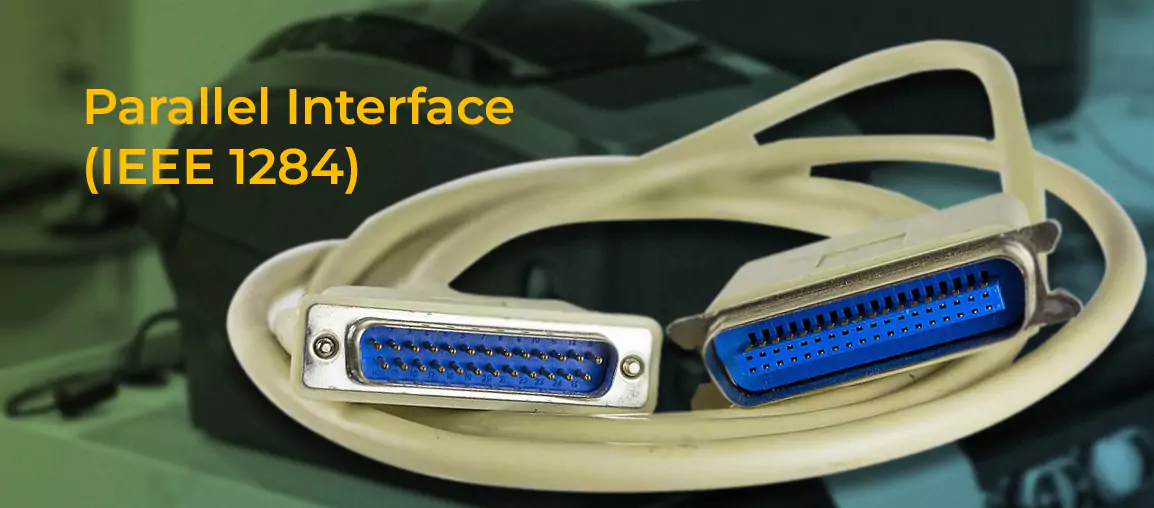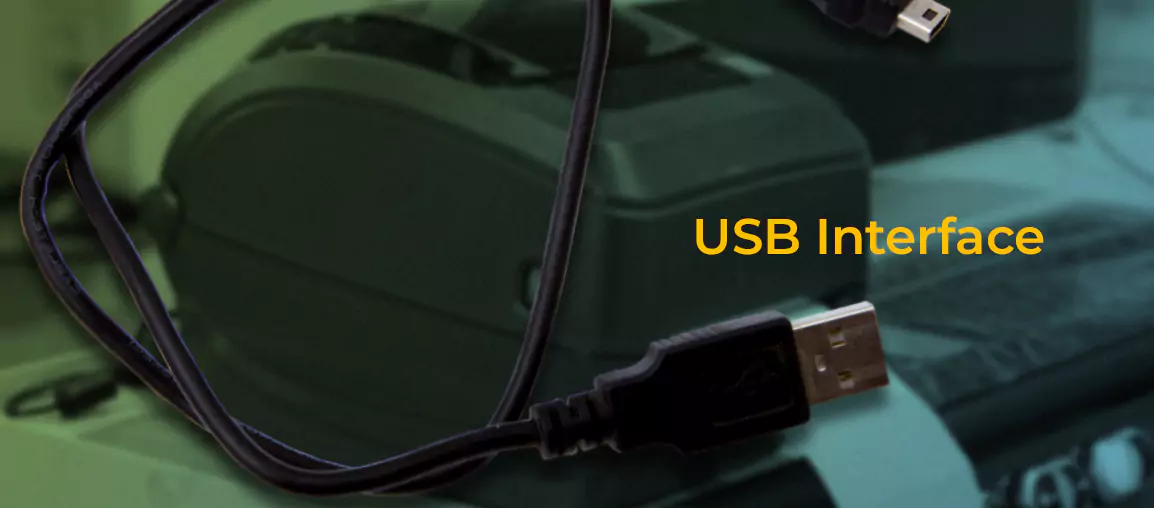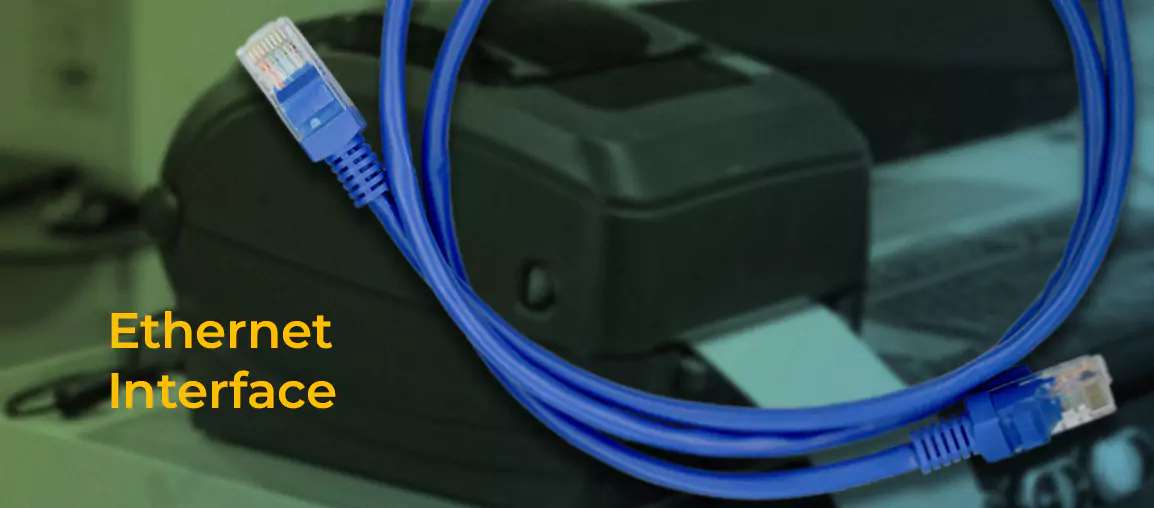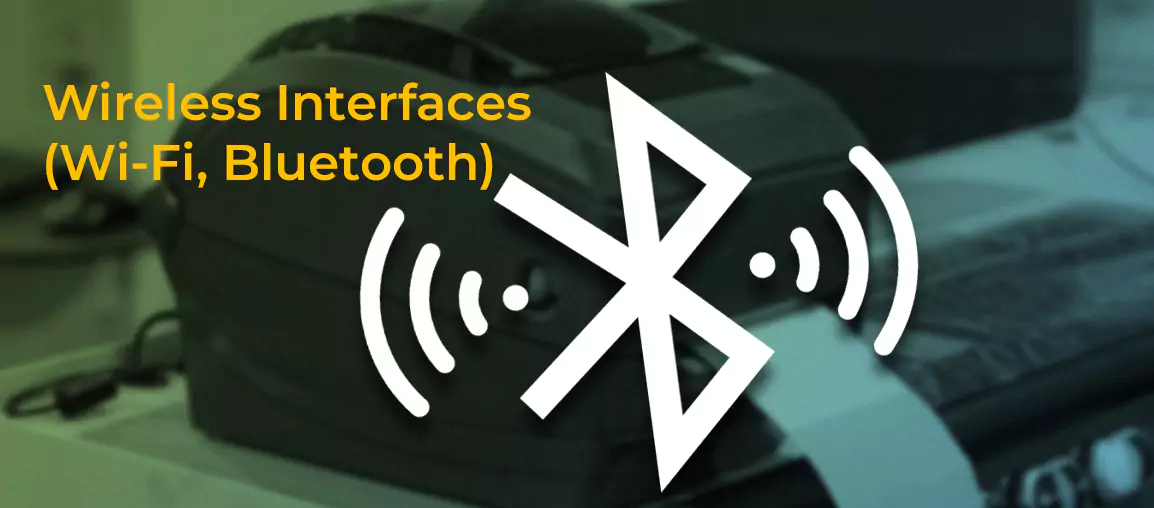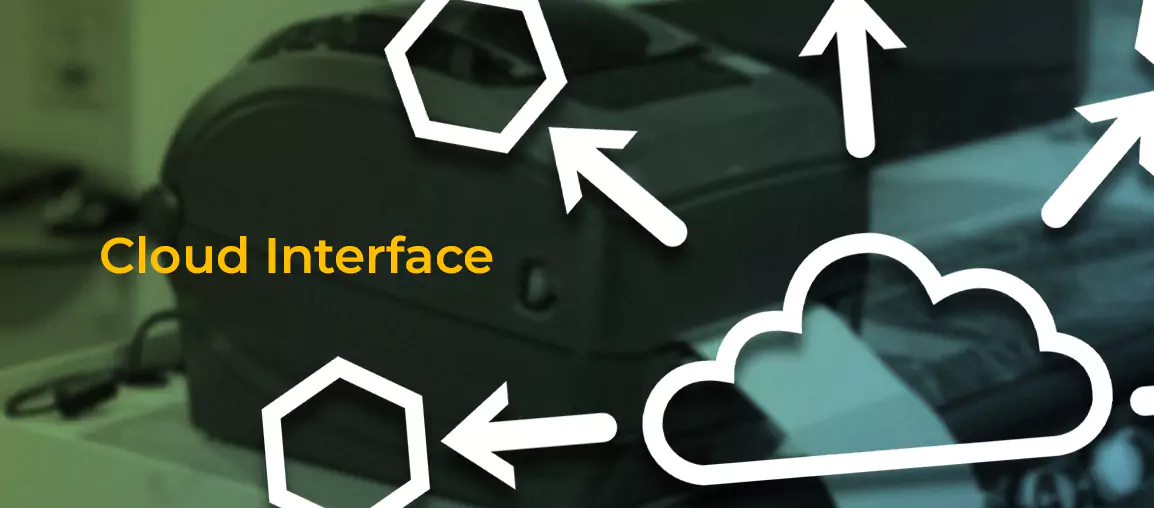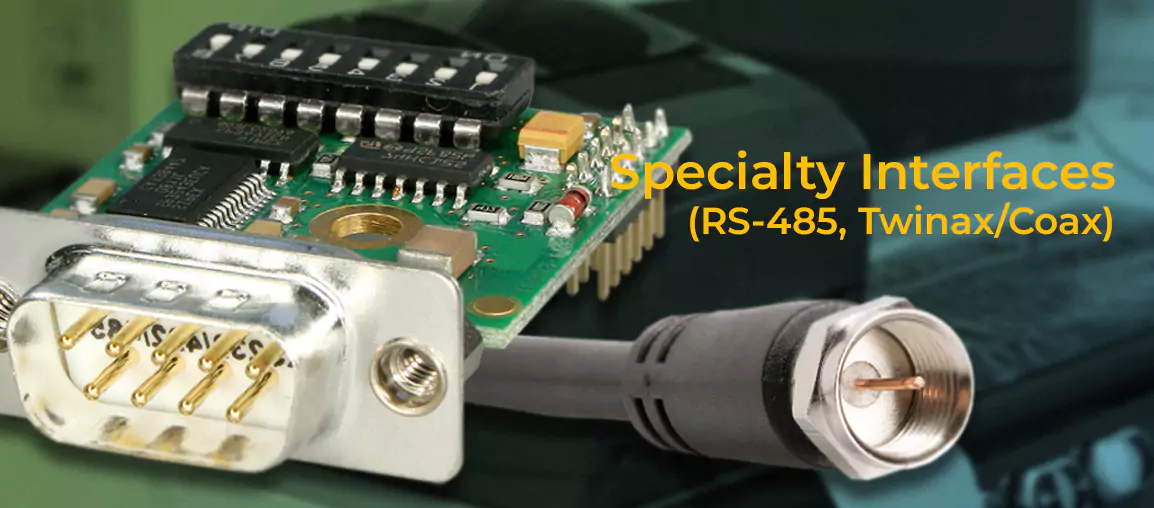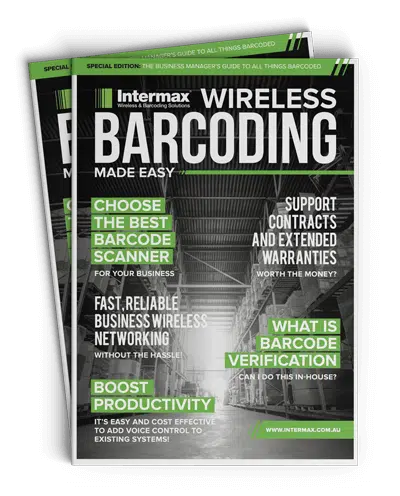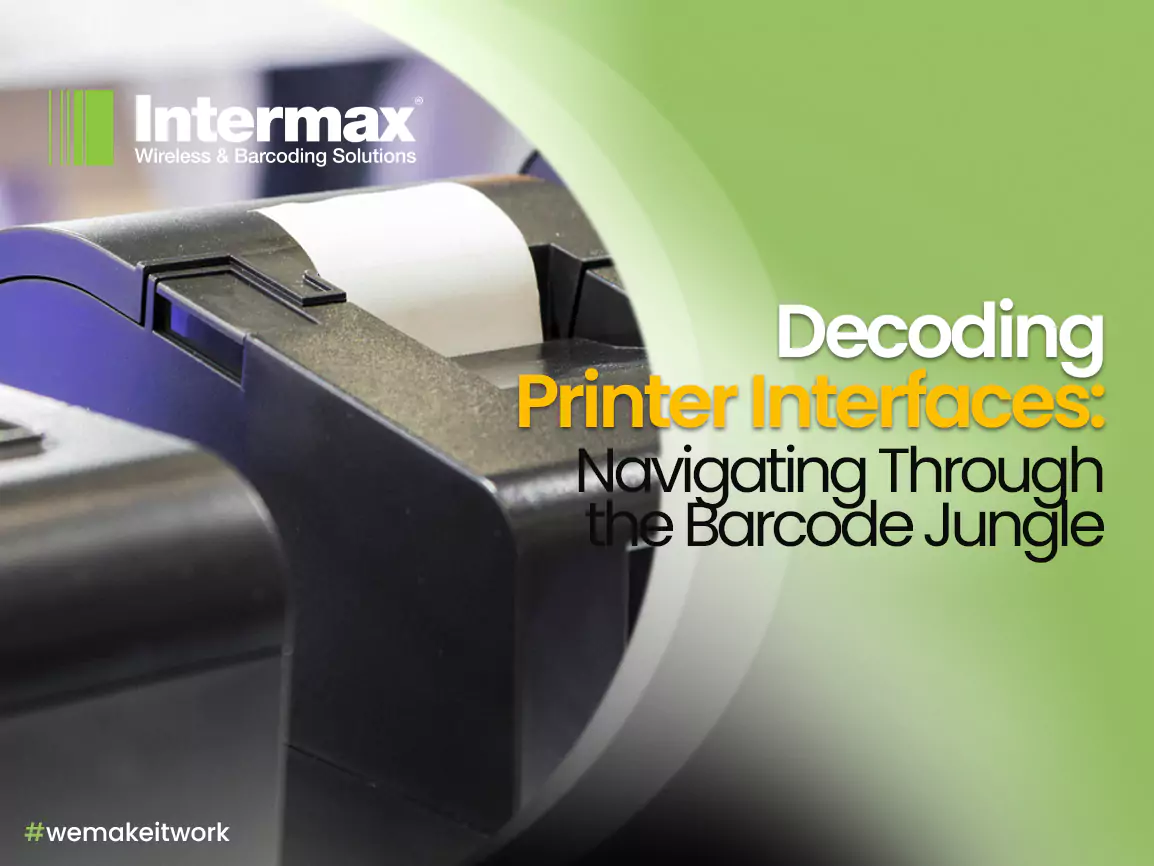
Decoding Printer Interfaces
In the contemporary digital ecosystem, barcodes are the unsung heroes of efficiency and organization. From bustling warehouse floors and vast distribution networks to the high-paced environment of hospitals, these striped stalwarts of data encapsulate vital information in a maze of lines.
Central to this symphony of stripes is the Thermal Barcode Printer, a device so crucial that it quietly bridges the chasm between digital data and tangible tracking. But while the printer itself receives well-deserved accolades, the myriad interfaces it sports often remain shrouded in mystery, sometimes leading to a cacophony of confusion about their purposes.
Let's embark on an enlightening journey to unravel these mysteries.
Serial Interface (RS-232)
Serial interface is often referred to as RS-232. This interface is the seasoned sage of printer connections, reminiscent of a time when the world was a bit slower, and so was data transfer. Think of it as the dedicated line between two old friends—the computer and the printer.
Serial is also the perfect robust connection for vehicle printers, as it is the chosen interface for Telnet sessions (such as pass-thru printing) and the cable can be screw fastened to ensure a firm connection.
Parallel Interface (IEEE 1284)
Then we have the Parallel Interface, a stalwart of the ’90s, carrying data on multiple wires simultaneously. It’s like a multi-lane highway, allowing for a quick data dash from PC to printer.
Its best intended use was in environments where speed trumped distance, such as checkout counters with a dedicated point-of-sale system.
USB Interface
Enter the universal champion of connections—the USB Interface. It’s universal, easy to use, and fast. RS-485 is like a Swiss Army knife, it’s versatile, supporting plug-and-play functionality and catering to high-speed data.
Ideal for almost any environment, from warehouse stations where inventory labels are printed on demand, to hospital carts that move with urgency, the USB interface makes the most of modern computing power and convenience. USB’s ability to emulate other interfaces (through the use of dongles) also keeps the humble serial and parallel ports alive for legacy equipment.
Ethernet Interface
The Ethernet Interface is the network’s powerhouse, turning individual printers into nodes on the corporate data grid. This interface shines in settings where printers are scattered across large areas, such as expansive warehouse floors or distributed hospital wings.
By connecting to a local area network (LAN), these printers become accessible to multiple users, democratizing the printing process and enabling centralized management—a true ode to efficiency.
Wireless Interfaces (Wi-Fi, Bluetooth)
Wireless interfaces, including Wi-Fi and Bluetooth, are the mavericks of mobility. No wires, no ties—just seamless data flow through thin air.
Wi-Fi-enabled printers are revolutionaries in vast distribution centers, allowing for real-time updates and on-the-move printing.
Bluetooth finds its niche in smaller, more personal settings, like bedside patient care in hospitals, where medical staff can print labels for specimens and medications on the go. These interfaces symbolize freedom, untethering the printer from the physical constraints of cables.
Cloud Interface
Ascending to the Cloud Interface, we witness the dawn of a new era. Cloud-enabled printers transcend traditional boundaries, tapping into the Internet of Things (IoT) and offering access from virtually anywhere.
This is the cutting edge for businesses that operate on a global scale, ensuring that whether you’re in the administrative department of a hospital or the central hub of a logistics operation, your printer is just a click away.
Specialty Interfaces (RS-485, Twinax/Coax)
Lastly, RS-485 and Twinax/Coax Interfaces—These are the specialized tools for specific tasks.
RS-485 caters to environments that require long-distance communication without surrendering to the latency of wireless connections, such as in large manufacturing plants. Twinax/Coax, now mostly historical footnotes, were once the go-to for robust mainframe connections and still remind us of the evolutionary journey of printer interfaces.
In conclusion, the variety of printer interfaces showcases the remarkable journey of technology, each playing a vital role. At Intermax, we’re committed to matching every specific need in the world of barcode logistics with the perfect printer interface. By recognizing how these interfaces work best in their respective settings, we not only improve operational efficiency but also transform the Thermal Barcode Printer into a key player in the realms of business and healthcare.

